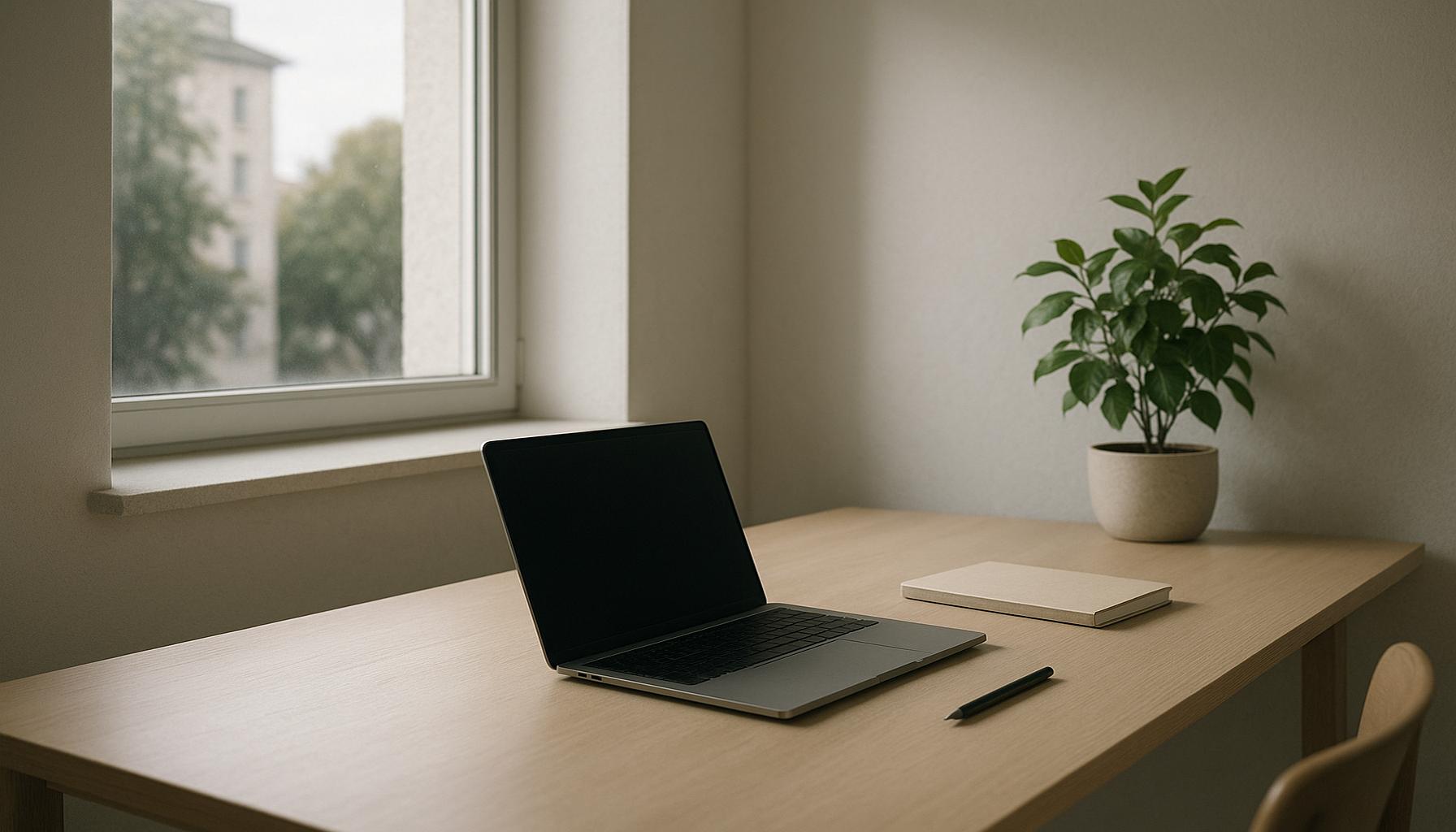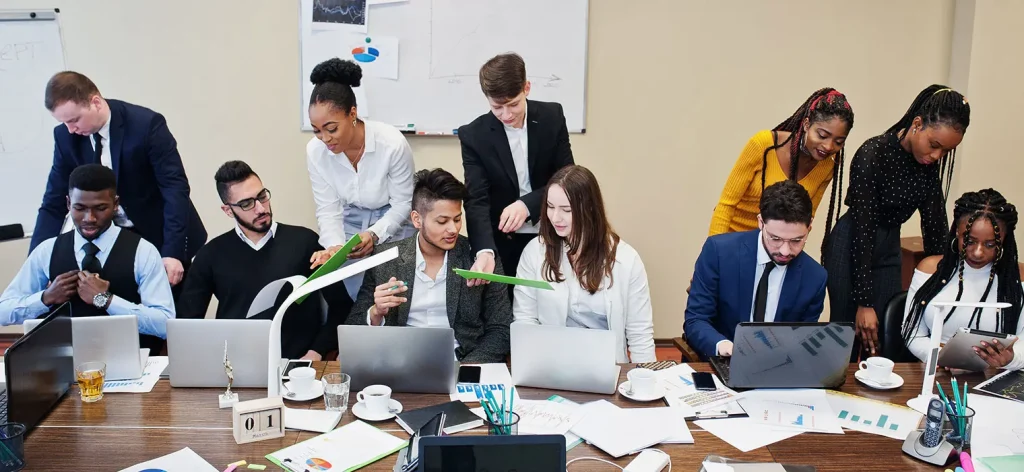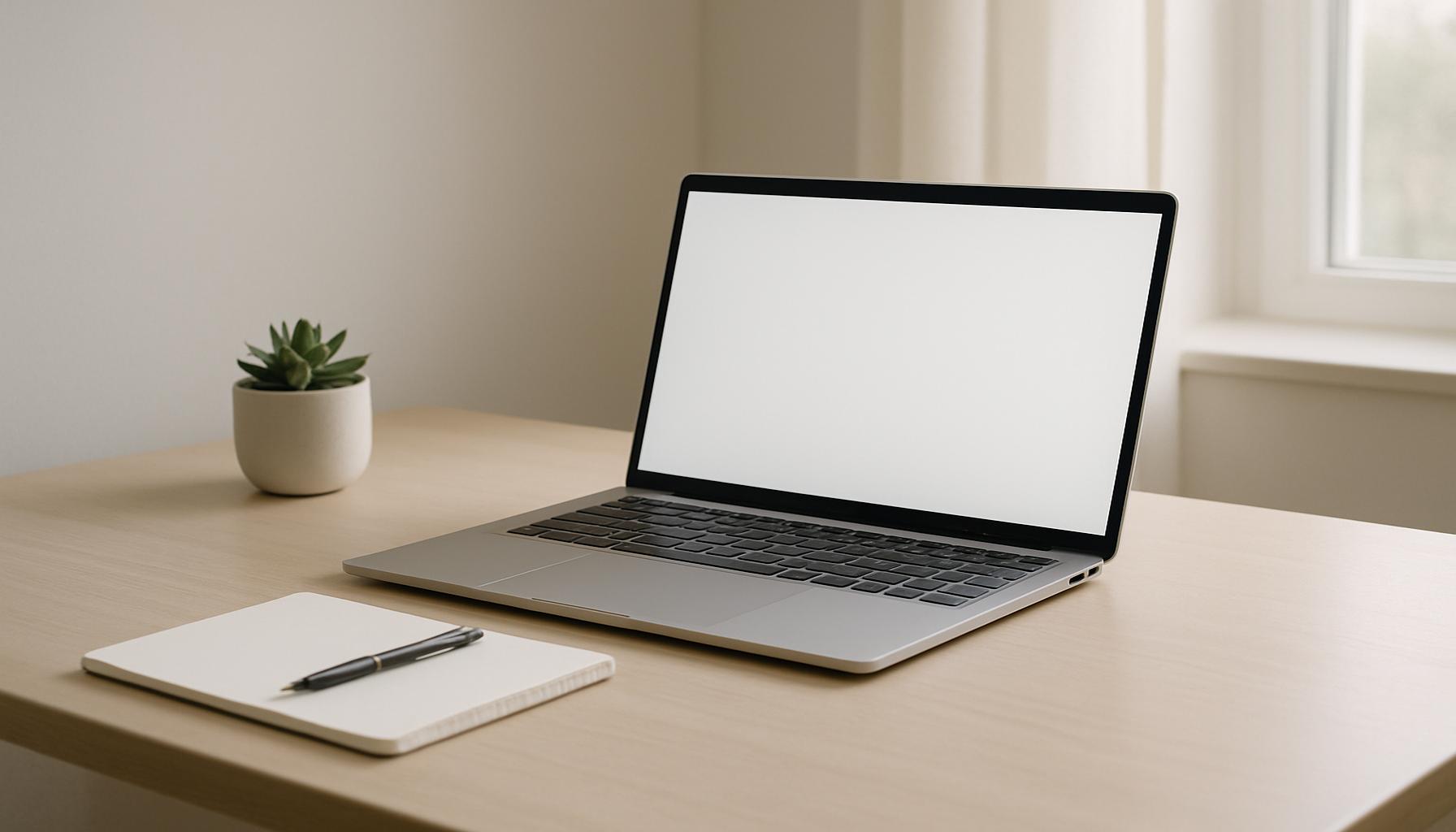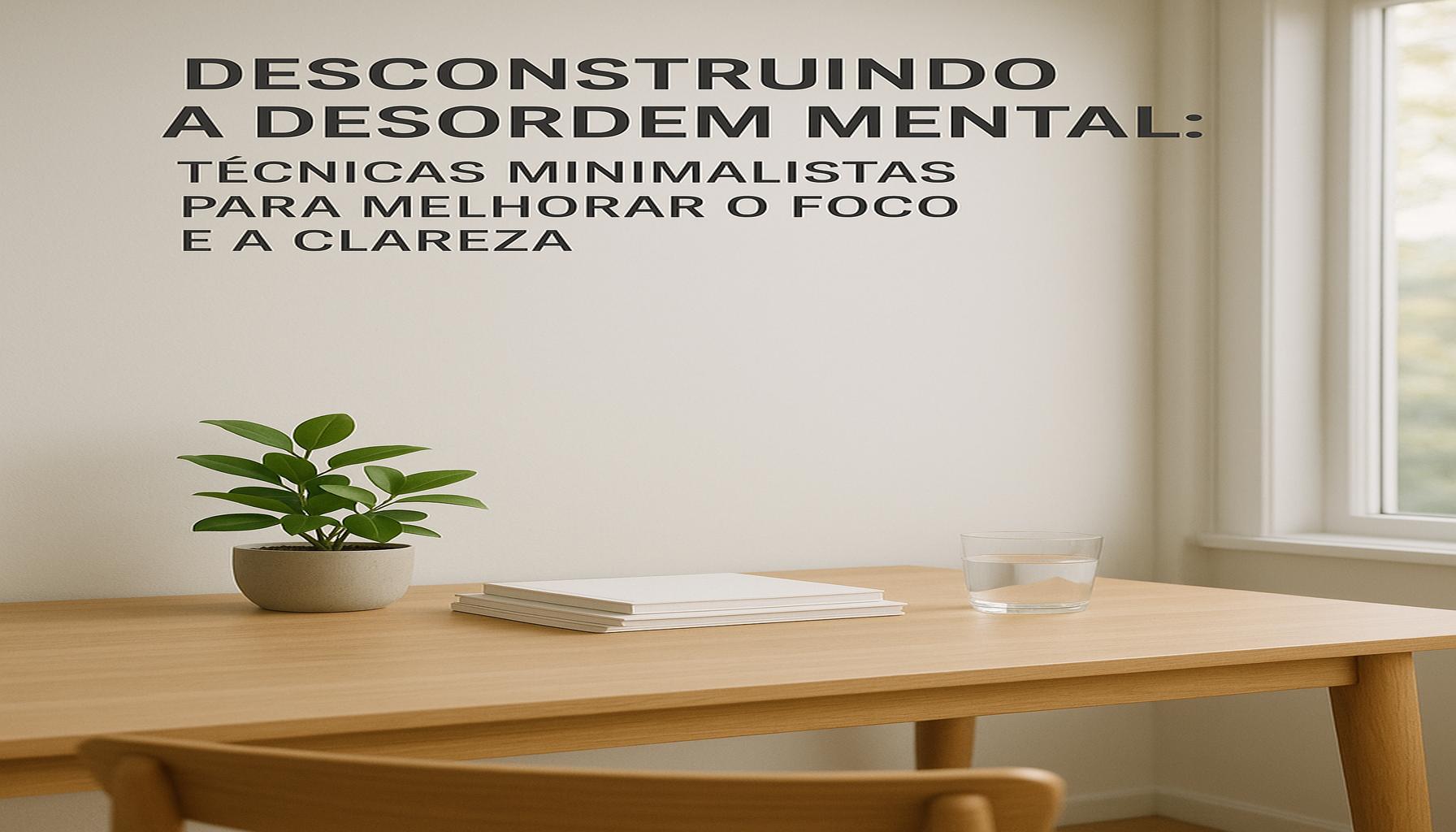Minimalist Strategies to Enhance Focus and Eliminate Distractions Online

Introduction
In our increasingly digital world, distraction lurks around every corner. The constant barrage of notifications, social media feeds, and online temptations makes maintaining focus a daunting challenge. This reality has sparked a growing interest in minimalism and personal organization as powerful tools for reclaiming our attention and enhancing productivity.
At its core, minimalism is about stripping away the unnecessary to focus on what truly matters. By adopting minimalist strategies, individuals can create an environment that fosters concentration and clarity amidst the noise of modern life. Whether you struggle with procrastination or simply want to improve your workflow, these approaches can lead to substantial improvements.
In this article, we will explore the Top 5 minimalist strategies designed to eliminate distractions and transform your ability to focus. Each approach offers unique insights and practical tips that can be easily implemented, allowing you to thrive in a world inundated with information.
Top 5 Strategies to Eliminate Distractions: Minimalist Approaches to Improve Focus in a Connected World
In today’s hyper-connected society, distractions abound, vying for our attention and disrupting our focus. Whether it is the constant ping of notifications or the allure of multi-tabbed browsing, staying on track can seem impossible. As technology pervades every facet of our lives, the need to deliberately cultivate focus has never been more crucial. Embracing minimalism not only in our physical spaces but also in our mental approaches can help shield us from these distractions. This article delves into the top five strategies to cultivate focus amidst chaos, ranked from least to most effective.
5. Setting Digital Boundaries
The first step towards minimizing distractions is establishing digital boundaries. In a world dominated by technology, it’s vital to delineate productive screen time from aimless scrolling. Designating specific times for checking emails or social media can significantly limit impulsive browsing and enhance focus.

- Use Do Not Disturb features: These are built into most smartphones and computers, allowing you to schedule periods during your workday where notifications are silenced. This ensures a digital quiet space for uninterrupted focus.
- Define workspaces: Create environments that are free of digital noise, devoid of unnecessary devices or tabs that could divert your attention.
By applying digital boundaries, individuals reclaim lost productivity and foster more mindful engagement with technology. This approach also promotes healthier screen time habits, which can improve overall well-being.
4. Implementing Time Blocking
Second on our list is the technique of time blocking. Unlike the traditional to-do list, time blocking involves dividing your day into specific slots dedicated to particular tasks. This structure not only combats distractions but promotes efficiency and productivity.
- Identify priority tasks: Start your day by recognizing tasks that demand the most focus and energy, and assign time slots accordingly.
- Schedule breaks: Integrate short breaks between work blocks. These intervals are essential to refresh your mind, crucial for sustaining focus over longer durations.
- Adjust as needed: Continuously evaluate the effectiveness of your time blocks and adjust them based on your performance and focus levels.
This method transforms how you perceive time spent on tasks, allowing for effective use of time and reducing procrastination. Moreover, knowing when a task begins and ends can decrease anxiety and improve overall job satisfaction.
3. Practicing Mindfulness Meditation
Ranked third is the practice of mindfulness meditation. As an ancient practice now backed by modern science, mindfulness meditation enhances the ability to concentrate by training your mind to focus on the present moment. Numerous studies confirm its positive impact on cognitive control and attention management.
- Start small: Begin with just a few minutes of meditation a day, focusing on your breath or a simple mantra, and gradually increase the duration as you become more comfortable.
- Incorporate breathing techniques: Employ deep-breathing exercises to calm your mind and keep it focused during work intervals.
Mindfulness meditation helps in recognizing when your mind starts to wander. By tuning into such moments and gently guiding your thoughts back to your tasks, you can boost both focus and productivity. Practical applications include mindfulness apps, short guided meditation sessions, and workplace mindfulness programs.
2. Decluttering Your Environment
Second in importance is the practice of decluttering your environment. A clutter-free space is more than visually appealing; it is key to enhanced focus and clarity of thought. Studies show that physical clutter competes for your attention, affecting performance, and psychological well-being.
- Remove non-essential items: Clear your workspace of excess items. Keeping only objects that add value and purpose can minimize distractions.
- Maintain cleanliness: Establish a consistent routine to organize your space regularly, which helps maintain a focus-friendly environment.
This strategy doesn’t just apply to physical junk; digital clutter is equally pressing. Organize files, close unused tabs, and manage digital folders as keenly as you do your physical space. A holistic, minimalist approach to your environment can drastically reduce visual distractions, allowing for a more serene workspace where focus can thrive.
1. Cultivating Deep Work Habits
The most effective strategy is cultivating deep work habits. Coined by author Cal Newport, deep work refers to the ability to focus deeply on cognitively demanding tasks without distraction. This approach contrasts starkly with shallow work—tasks performed while distracted or with divided attention.
- Limit multitasking: Dive into one task at a time to cultivate a deeper engagement and understanding, thereby enhancing the quality of your efforts.
- Create a focus-friendly environment: Arrange both your physical workspace and digital tools to minimize interruptions and temptations.
- Practice regular reflection: Take time to reflect on your progress and focus. Identify patterns in distractions and areas for improvement.
By prioritizing deep work, you enhance your problem-solving capabilities and increase the depth at which you understand complex issues. This ultimately leads to greater productivity and fulfillment in your professional and personal life. Embracing deep work can be transformative, not only improving work quality but also reshaping your cognitive capabilities over time.
In conclusion, adopting these strategies requires deliberate effort and self-awareness. However, the rewards—improved concentration, productivity, and well-being—are well worth the commitment. By methodically reducing distractions, anyone can master the art of focus, even in a noisy, hyper-connected world.
| Category | Key Features | Advantages | Disadvantages | Target Audience |
|---|---|---|---|---|
| Digital Detox | Scheduled breaks from all digital devices. | Enhances mental clarity and reduces stress levels, leading to improved productivity. | May initially cause anxiety for those dependent on digital connectivity. | Individuals seeking to regain control over their time and attention. |
| Simplified Work Environment | Decluttering physical and virtual workspaces. | Promotes focus by reducing visual noise and distractions. | Can be time-consuming to establish and maintain. | Professionals working in high-pressure environments, such as corporate settings. |
| Mindfulness Practices | Incorporation of meditation, deep-breathing exercises, or yoga. | Improves concentration and emotional regulation, resulting in sustained focus. | Requires consistency and commitment; it may not yield instant results. | Individuals experiencing overwhelm or burnout in their daily lives. |
| Task Prioritization | Using methods such as the Eisenhower Box to evaluate the urgency and importance of tasks. | Enhances time management and prevents procrastination. | May involve difficult choices regarding which tasks to focus on. | Students and professionals overwhelmed by extensive task lists. |
In exploring the powerful theme of “Eliminando Distrações,” it becomes clear that individuals struggling to maintain focus in an ever-connected world can greatly benefit from **digital detoxes**. Scheduled breaks from technology not only enhance mental clarity but can significantly reduce stress levels, fostering an environment conducive to improved productivity. However, it is crucial to acknowledge that for many, the mere idea of disconnecting may invoke anxiety, particularly for those accustomed to being constantly reachable. Another effective strategy lies in the development of a **simplified work environment**. By decluttering both physical and virtual spaces, individuals can minimize visual noise, which inherently promotes heightened focus. Although this transition can be laborious, the long-term benefits of sustained concentration are undeniably advantageous, especially for professionals managing high-pressure responsibilities. Additionally, the integration of **mindfulness practices**—ranging from meditation to yoga—can play a transformative role in enhancing concentration and regulating emotions. These techniques gradually build inner resilience, but it’s worth noting that steadfast dedication is essential to experience their profound benefits, as they may not produce immediate results. Those experiencing burnout or emotional overwhelm are likely to find solace through these practices.For individuals grappling with overwhelming task lists, implementing **task prioritization methods** (such as the Eisenhower Box) can revolutionize time management. These strategies help individuals assess the urgency and importance of tasks, alleviating the burden of procrastination. Nonetheless, this approach may compel difficult decisions regarding priorities, prompting users to confront what truly merits their attention.
Frequently Asked Questions on Eliminating Distractions for Better Focus
What are some minimalist strategies to reduce distractions in a connected world?
Minimalist strategies focus on simplifying your environment to foster concentration. Key tactics include decluttering physical and digital spaces, prioritizing tasks through techniques like the Eisenhower Box, and utilizing tools like website blockers to limit time on social media. Structured environments free of unnecessary stimuli are essential for enhancing focus.
How can digital devices be managed to minimize distractions?
Managing digital devices starts with adjusting notification settings to reduce interruptions. Establish specific times to check emails and social media, and consider using apps designed to promote productivity, such as those for meditation or focused music playlists. Conscious usage of technology helps maintain attention on crucial tasks.
Is multitasking truly an effective way to increase productivity?
Multitasking can often lead to decreased productivity rather than increased efficiency. Studies suggest that switching between tasks can lower work quality and increase the time needed to complete tasks. Focusing on one task at a time typically leads to better outcomes and improved mental clarity.
What role does environment play in maintaining focus?
Your environment plays a significant role in either enhancing or detracting from your focus. A tidy and organized space, free from excess noise and visual clutter, can help decrease the mental load and allow for deeper concentration. Creating an environment conducive to concentration is a cornerstone of maintaining focus amidst distractions.
Can adopting a minimalist lifestyle impact mental health and focus?
Yes, adopting a minimalist lifestyle can positively impact mental health and focus by reducing stress and freeing up mental resources. Simplifying life allows individuals to direct their energy and attention toward goals and relationships that matter the most, leading to a more balanced and fulfilling life. Minimalism fosters a sense of clarity and purpose, aiding in comprehensive mental well-being.
Conclusion: Embracing Minimalism for Enhanced Focus
In today’s hyper-connected world, distractions abound, pulling us in countless directions and often hindering our ability to concentrate. The integration of minimalism as a strategy for improving focus presents a compelling solution to this pervasive issue. Throughout the article, we have explored various simple, yet effective, tactics that can be seamlessly incorporated into daily life to combat distractions.
One of the fundamental takeaways is the importance of decluttering both physical and digital spaces. By simplifying our environment, we reduce the stimuli that compete for our attention, allowing us to direct our focus more effectively. Additionally, the deliberate prioritization and optimization of technology usage, such as implementing screen time limits or using apps designed to block distractions, can significantly enhance our capacity to stay on task.
The concept of mindful single-tasking, another key point discussed, is crucial for maintaining focus. Engaging fully in one activity at a time not only boosts productivity but also enriches our overall experience. Moreover, fostering a routine that incorporates regular breaks and moments of introspection can refresh our minds and prevent fatigue, contributing to sustained concentration.
Ultimately, the strategies outlined are underpinned by the minimalist philosophy of intentional living. By consciously choosing what deserves our attention, we pave the way for deeper engagement with the tasks and people that truly matter. The journey towards minimizing distractions requires initial effort and commitment, but the rewards—a sense of clarity, productivity, and fulfillment—are well worth it.
As we continue to navigate an ever-connected world, the potential for new methods to emerge remains vast. The intriguing possibilities of merging minimalism with technological advancement invite further exploration, challenging us to refine our approaches and better cultivate an environment conducive to focus.


